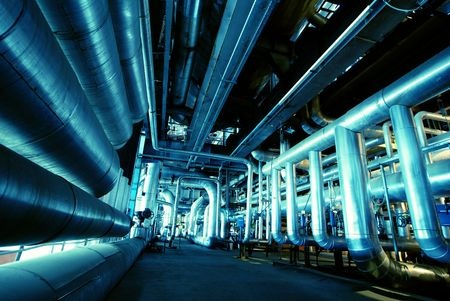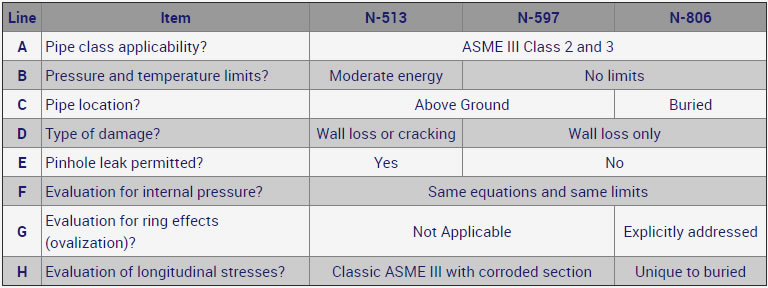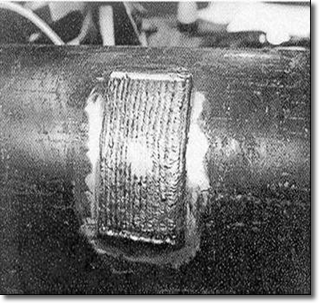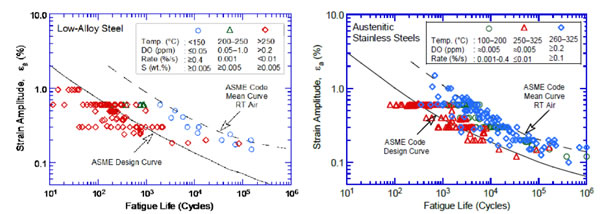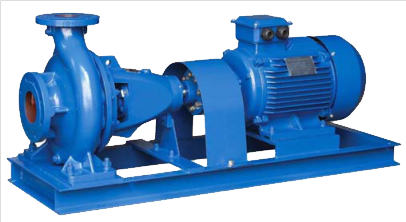Evolution of Pipe Stress Equations in the ASME Nuclear Codes (and where we are today)
The Pre-1955 Era Until 1955, the ASME Boiler and Pressure Vessel Codes, and the ASME B31 Pressure Piping code provided rules of good design practice with quantitative criteria for pressure design. For example, quoting from ASME VIII Rules for the Construction of Unfired Pressure Vessels Section VIII A. S. M. E. Boiler Construction Code, 1927: […]

